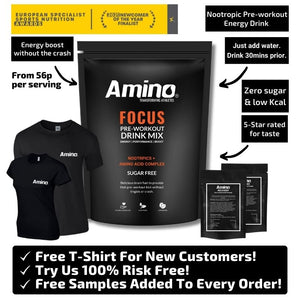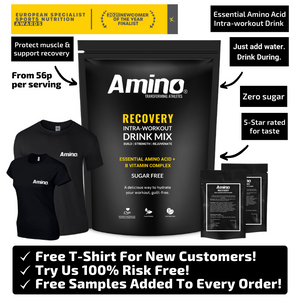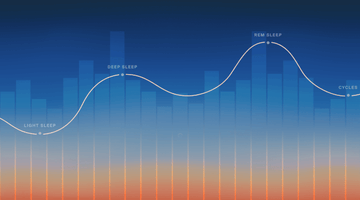Forget fad diets! Let's talk about how you can achieve realistic weight loss…
You’ve probably seen it before “Drop a dress size in two weeks!” splashed across internet advertising, magazines, newspapers, television programs. The concept is so appealing – a whole dress size down in 14 days? Brilliant!
But in real life, this is simply not realistic. If you did actually drop a dress size in two weeks, I’d have to ask if you’d been ill, or if you’d cut out major food groups (fat, carbohydrates and protein perhaps?). To drop a dress size we’re looking at a weight loss of approximately 5 to 8 kilograms (kg), which is around 1 stone.
This figure will obviously vary from person to person, as it is dependant on height, body shape, starting weight and how much muscle you have. On a strict diet and exercise regime with a realistic goal weight of 0.75 to 1kg a week, this should take you between six to eight weeks to achieve. The average woman requires around 2000 calories per day. This is dependant on many factors, such as height, weight and physical activity. To lose approximately 0.75 to 1kg per week, we would need to look at cutting out 500 calories per day as well as exercising on a daily basis to lose approximately 500 calories. At a moderate intensity, this would translate into approximately 45mins – one hour per day. This can be broken up into smaller sessions (three half-hour or three 20-minute sessions per day) to make it fit into your schedule and to keep it manageable.
Dropping a dress size is an appealing idea for most of us – but it can’t happen overnight or two weeks! But with a solid nutritional and fitness plan, it can happen.
Here’s how to drop a dress size - realistically!
Set your goal
Set a date with a weight loss goal, such as dropping a dress/waist size, and aim for that.
Be realistic
Don’t expect too much too soon, and be realistic with what you can and can’t achieve in your time span.
Plan ahead
List your meals for the next few days. By knowing what you will be eating you will be less likely to stray.
Make it enjoyable
Sounds obvious, but it's so important that you don't hate what you're doing.
Not all exercise has to be gym-based. Working out should be fun. If you enjoy dancing, do a dance class. If you like to hike, find somewhere to hike. Do something active that you also enjoy so you won’t want to stop.
The same applies to your food. Don’t force yourself to eat meals you hate. Find something new, tasty, but healthier. A healthy diet doesn’t have to be bland.
Try new food combinations, and don’t underestimate the power of onions, salsa, hot sauce, garlic and other herbs and spices. They can turn a bland meal into something fulfilling.
Related: How to stick to a workout plan
Watch your Tea/Coffee breaks
If you enjoy tea and coffee, still do so but try to avoid espresso-based coffees that are mostly milk, as these, especially the larger commercial servings, can be quite high in calories. If this is something you really enjoy, get a small size with skinny milk and use a sweetener instead of sugar.
Be on your guard when it comes to ‘low fat’
Yoghurts are one of the main culprits here – not all are created equal! Check the fat and calories levels on the side of the packet before purchasing because you could be looking at a difference of up to 100 calories per serving in just the low-fat varieties!
Drink in moderation
If you are going to enjoy alcohol try to limit your consumption – try to stick to weekends treats and one or two glasses only. Depending on your drink of choice, alcohol can really increase the number of total kilojoules for the day and limit your progress.
Keep a record
Some people find that keeping a food diary is very useful, others find it does nothing. If you think it’ll work for you, give it a go. It can help you identify your ‘problem’ times and lead you to make better choices.
Some studies have even found that people who record their eating patterns subconsciously change their eating habits for the better! Check out apps like MyFitnessPal and Lifesum to help you do this easily.
Related: What is MyFitnessPal and how can it help me get leaner?






